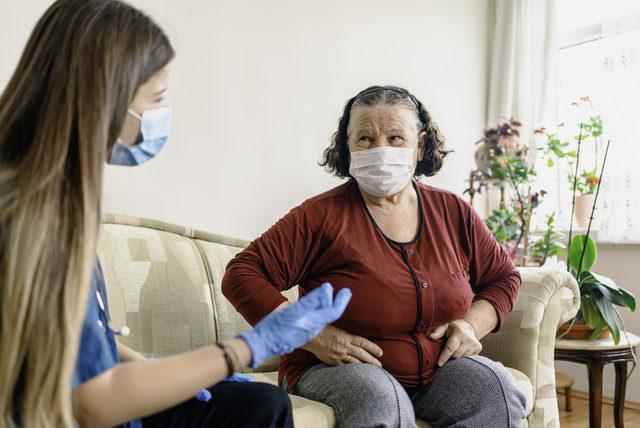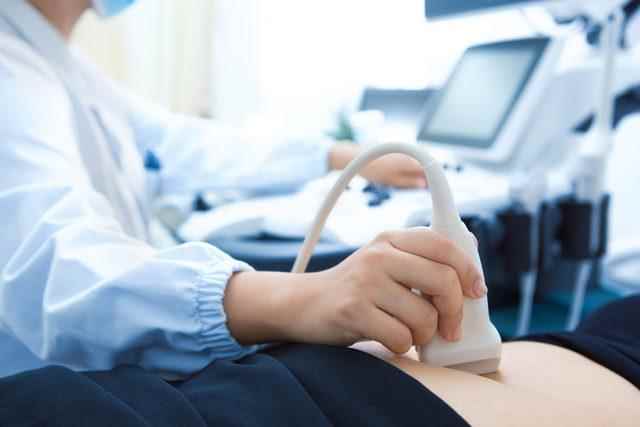This situation, which is defined as bladder prolapse, can be noticed when the bladder is palpated when coughing, sneezing or when carrying heavy things increases intra-abdominal pressure. The most important reason for bladder sagging is normal delivery. Multiple and difficult births increase the risk of bladder prolapse.
ATTENTION AFTER MENOPEASE!
Bladder sagging mostly occurs after menopause. Due to the decrease in estrogen hormone after menopause, the decrease in support under the bladder creates a risky situation in terms of bladder sagging.
- Having a family history of connective tissue diseases
- racial predisposition
- Cigarette consumption
- Obesity
- Prior pelvic surgery
- Long-term constipation can also trigger bladder prolapse.
- Pay attention to changes in toilet habits
ATTENTION TO 6 SYMPTOMS OF BLADDER PROJECTION!
There may not be any symptoms in mild bladder sagging. In moderate and severe bladder sagging;
- frequent urination
- Urinary incontinence during sexual intercourse
- Constant urge to urinate
- Difficulty urinating
- recurrent urinary tract infection
- Pain may be experienced in the lower groin area.
When symptoms occur, an experienced Gynecology and Obstetrician should be consulted.

HOW TO TREAT BLADDER PROJECTION?
Bladder prolapse treatment; It varies according to the age of the patient, the stage of the sagging, whether pregnancy is desired and whether there is urinary incontinence. In general, surgical treatment is the main approach in bladder prolapse. Bladder prolapse occurs due to a tear in the structure that supports the bladder from below, called the pubeservical fascia, or due to the separation of the fascia from the place where it attaches to the pelvic side wall. In the treatment, the existing damage is found and repaired.

Corrective surgeries applied; It reduces the problems experienced in sexual intercourse, problems related to vaginal enlargement, pressure and groin pain complaints due to sagging. Surgery for some types of bladder prolapse can also be performed laparoscopically. The operations take approximately 25-45 minutes. If bladder prolapse is accompanied by coughing, sneezing and urinary incontinence, prolapse and urinary incontinence surgery can be performed together.

In order to increase the success of the surgeries and prevent the recurrence of bladder sagging; You should not lift heavy weights after surgery. In addition, providing weight control and avoiding foods that will cause constipation also increase the success of treatment.
